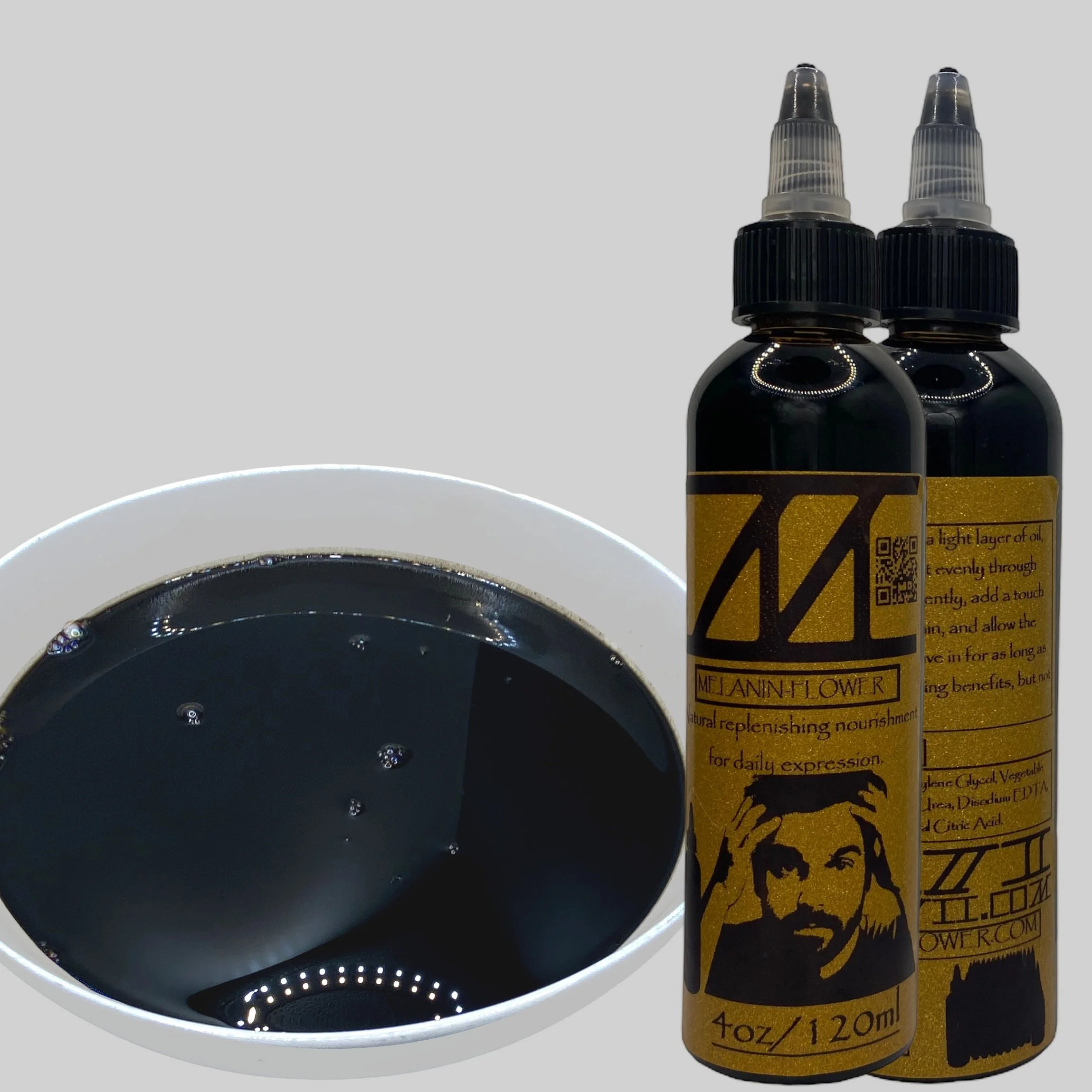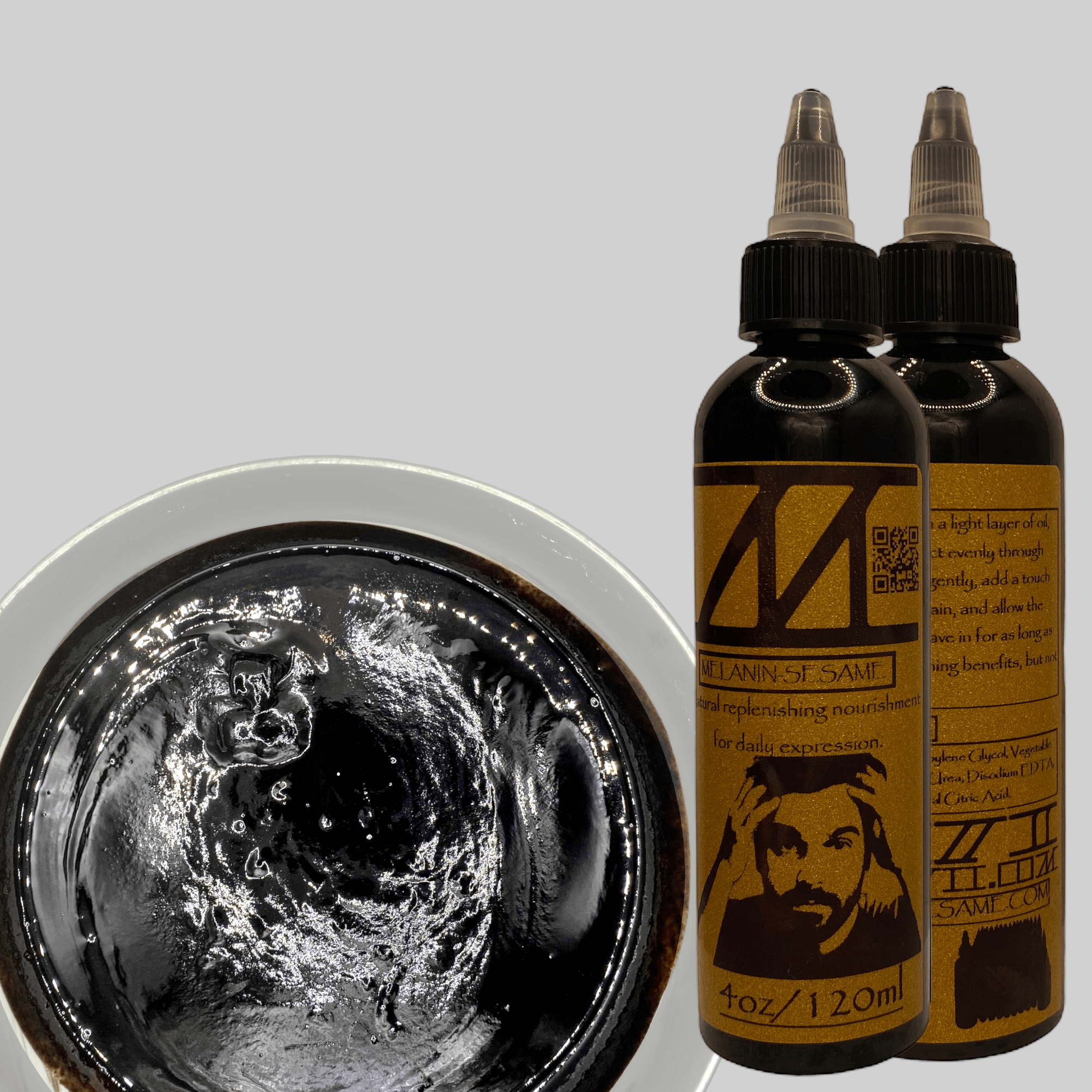Melanin, a electromagnetic radiation mechanism for curling hair
Melanin is not only a pigment but also an organic semiconductor, capable of
absorbing and converting electromagnetic radiation into different forms of
energy such as heat, electrical charge, and mechanical vibration. When
melanin molecules embedded within the hair shaft absorb electromagnetic
radiation—especially from visible or infrared light—they can generate
localized heat and electrical gradients along the keratin structure. These
gradients subtly alter the molecular bonds and internal stresses within the
hair fiber. Because melanin granules are often unevenly distributed, the
localized expansion and contraction that follow exposure to radiation can
amplify natural asymmetries in the strand, encouraging it to bend or coil.
Over time or with repeated exposure, this electromagnetic-to-mechanical
conversion can help reinforce curvature by influencing how keratin proteins
crosslink and align as hair dries or is gently heated. In darker hair,
where eumelanin concentration is higher, this effect may be more
pronounced, as melanin absorbs more radiation and distributes energy
deeper into the cortex. The small thermal gradients and charge
redistributions inside the hair shaft act like internal tension forces,
nudging sections to twist and curve rather than remain straight. In this
way, melanin’s interaction with everyday electromagnetic radiation—sunlight,
ambient heat, or gentle styling energy—can contribute to the tendency of
melanin-rich hair to form curls, waves, or coils.








